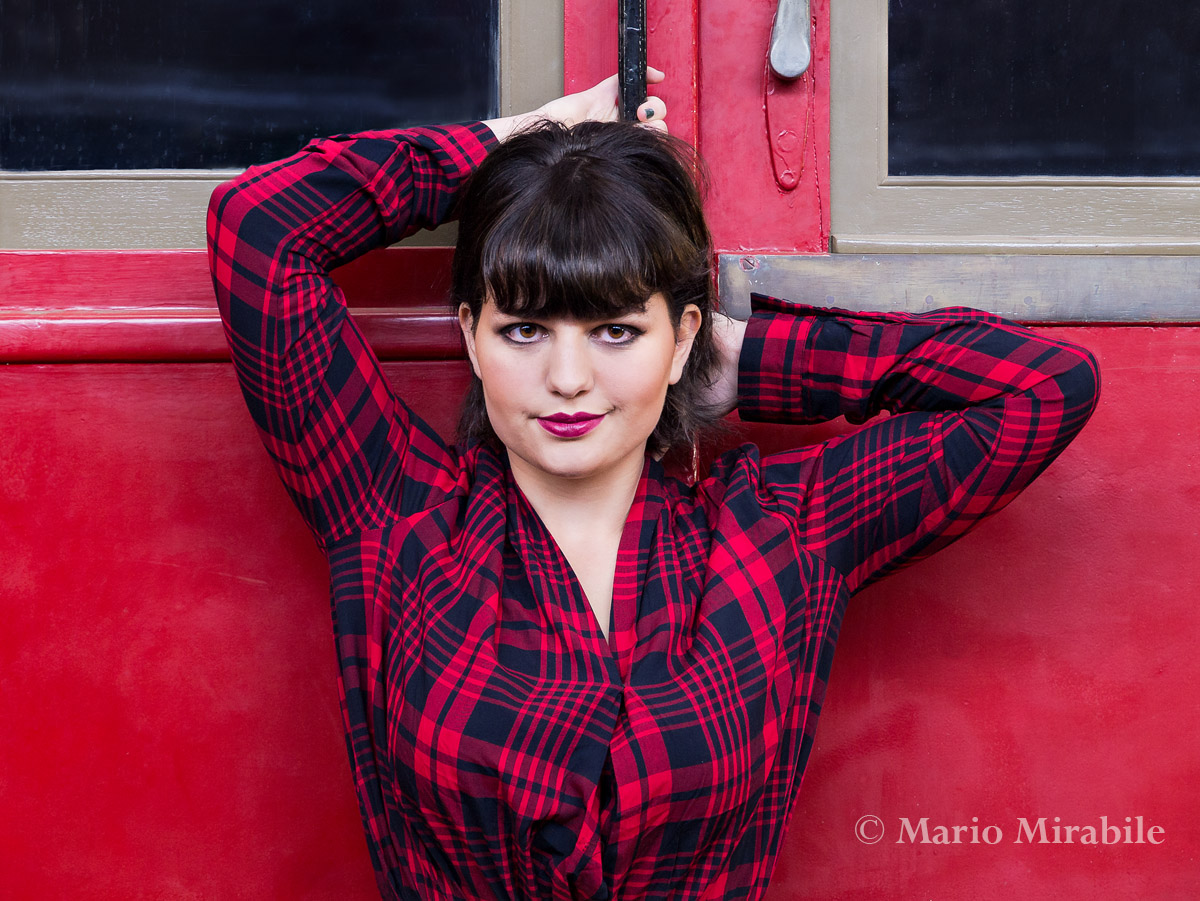The Loch Ard departed England on the 1st of March, 1878, bound for Melbourne with a complement of 17 crew and 37 passengers. Three months later, as she sailed along Victoria's aptly named Shipwreck Coast, she struck a reef in thick fog and quickly sank. All except two of those aboard perished. The survivors made it to shore and took shelter in the small inlet which now bears the ship's name - Loch Ard Gorge.
On a fine, sunny day, the gorge seems idyllic. The colourful rock walls frame the tropically turquoise water, and shelter the pristine beach from the turmoil of Bass Strait. Similar refuges are few and far between along this rugged stretch of coastline. Eva Carmichael and Tom Pearce - the survivors of the Loch Ard tragedy - were fortunate to come ashore here, although doubtless they weren't focusing on the spots great natural beauty at the time.
Tech Talk
A great spot to put the wide angle lenses to work. The superb 7-14mm zoom and 8mm fisheye are purpose built for this kind of work. As always with lenses this wide, care must be taken to keep distortion within reasonable limits. A little tugging and stretching at the corners in Photoshop doesn't hurt, either.
Olympus E-5, Zuiko Digital 7-14mm f4 and 8mm f3.5 fisheye.





































